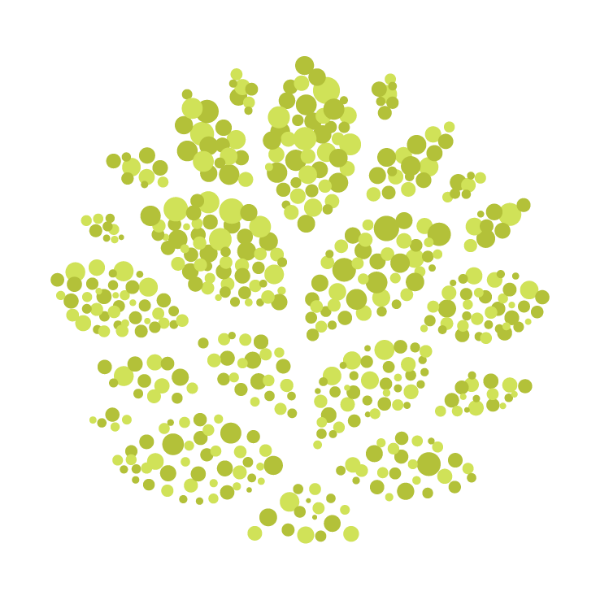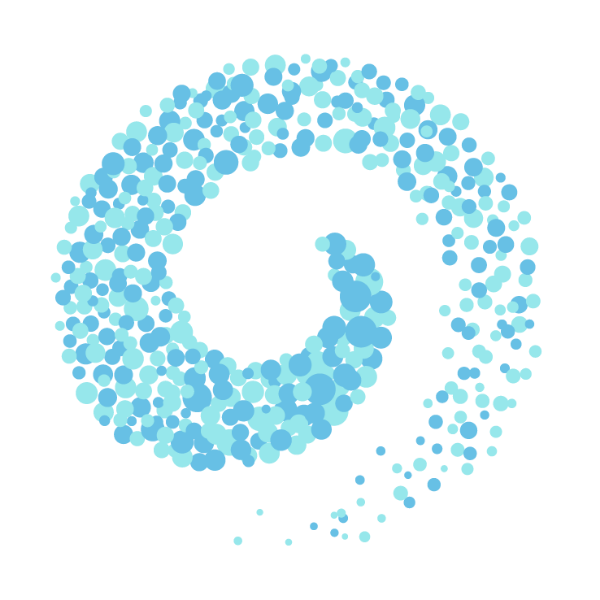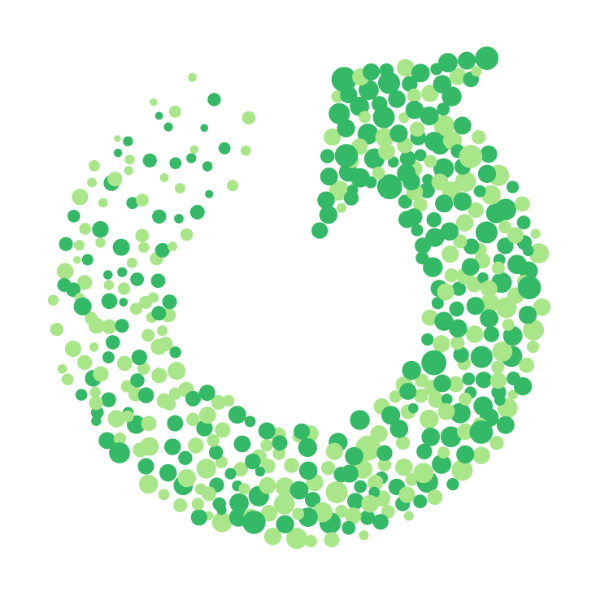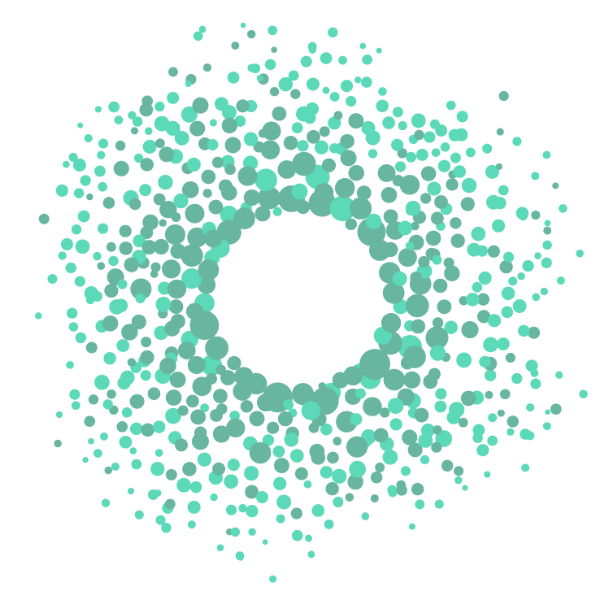The majority of plastic in the seas come from our rivers and canals where it harms wildlife, damages boats and contributes to climate change. But once plastic waste has entered our oceans, it is nearly impossible to capture and remove.
In The Netherlands, a country defined by its waterways, a team of ocean enthusiasts led by Francis Zoet, Anne Marieke Eveleens, and Philip Ehrhorn have developed an ingenious way to stop harmful plastic from reaching our oceans. Meet The Great Bubble Barrier.
The technology behind the Bubble Barrier is simple: air is pumped through a perforated tube placed diagonally on the riverbed to create a “curtain” of bubbles, which directs plastic up to the surface and into a waste collection system, all without obstructing wildlife or boats.
The concept has been used in the past by the oil industry to contain spills and has now been developed to help local authorities remove debris from our rivers.
To date, the Bubble Barrier has been proven to catch on average 86 percent of plastic waste. Several Bubble Barriers have been installed in The Netherlands, including in the Westerdok, one of Amsterdam’s famous canals. Each month, Bubble Barrier Amsterdam stops an average of 8,000 pieces of plastic waste from leaving the canal and entering the North Sea.
Two new Bubble Barriers will soon be implemented in Germany and Portugal. The team now hopes to scale the technology to reach polluted rivers worldwide, especially in Asia.

By 2030, we choose to ensure that, for the first time in human history, the natural world is growing – not shrinking – on our planet.
This Earthshot focuses on three main areas of interest:

By 2030 we choose to ensure that everyone in the world breathes clean, healthy air – at World Health Organization standard or better.
This Earthshot focuses on three main areas of interest:

By 2030, we choose to repair and preserve our oceans for future generations.
This Earthshot focuses on three main areas of interest:

By 2030, we choose to build a world where nothing goes to waste, where the leftovers of one process become the raw materials of the next – just like they do in nature.
This Earthshot focuses on three main areas of interest:

We choose to fix the world’s climate by cutting out carbon: building a carbon neutral economy that lets every culture, community and country thrive.
This Earthshot focuses on three main areas of interest: